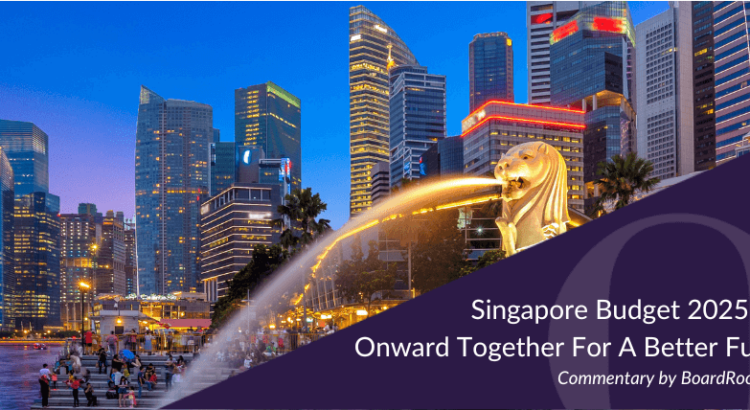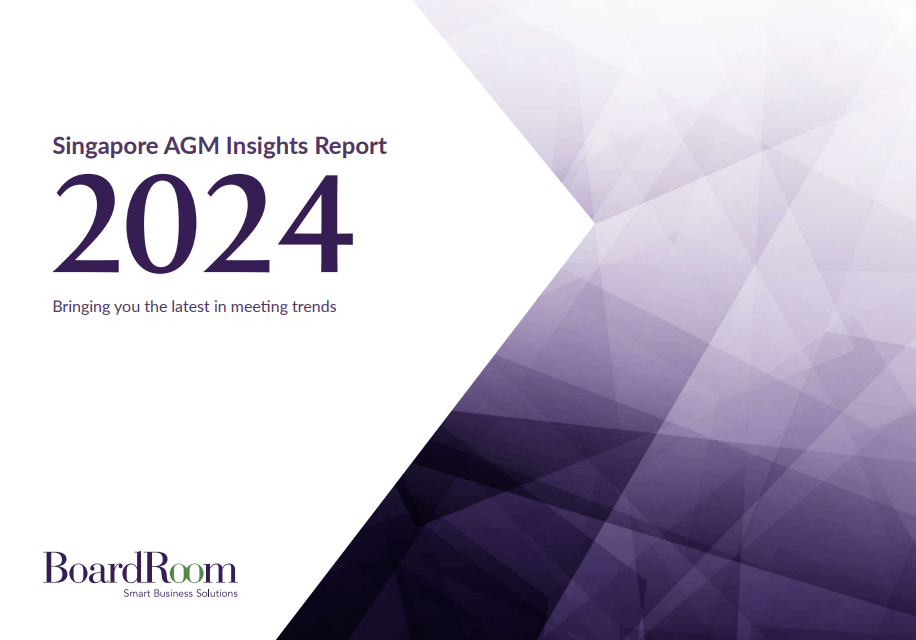We are pleased to share our insights on Singapore Budget 2025, unveiled by Prime Minister and Minister for Finance, Lawrence Wong, on 18 February 2025. Under the theme “Onward Together for a Better Future Tomorrow,” this Budget 2025 underscores the Forward Singapore agenda, fostering collaboration among businesses, individuals and the Singapore Government to bolster the nation’s resilience and competitiveness.
The tax measures and reliefs introduced aim to drive sustainable economic growth and shared future, addressing current challenges while laying the groundwork for a stronger, more inclusive future. These include:
Tax Measures for Corporate Taxpayers and Businesses:
- Primary and Secondary Listings in Singapore: To promote Singapore’s equities market, the Singapore Government has introduced certain tax incentives, including a Corporate Income Tax (CIT) rebate for new corporate listings and enhanced Concessionary Tax Rates (CTR) for fund manager listings.
- Business Tax Measures: Targeted business tax initiatives include tax deductions for payments under approved cost-sharing agreements for innovative activities, along with extensions of the CIT rebate and cash grants, aiming to stimulate business growth and innovation.
- Tax Concessions for Specific Taxpayers and Industries: New CTR tiers under the Financial Sector Incentive (FSI) Scheme and the introduction of the Approved Shipping Financing Arrangement (ASFA) Award are designed to attract and retain key industry players.
- Exemption of Withholding Tax and Remission of Indirect Tax: Extensions of withholding tax exemptions for ship and container lease payments to non-resident lessors, along with GST remissions for Real Estate Investment Trusts (REITs) and Singapore-Listed Registered Business Trusts (RBTs), aim to enhance Singapore’s attractiveness as an investment hub.
Tax Measures and Reliefs for Individual Taxpayers:
- The Budget introduces enhancements to the Personal Income Tax Rebate as part of the SG60 package.
Download our commentary now to understand the implications of these updates or email our tax team at [email protected] if you need help on how to maximise your tax position with these latest announcements.
Related Business Insights
-

29 Sep 2025
How Smarter HR & Payroll Drive Business Growth
HR is no longer just the department that processes payslips and tracks annual leave. Today, it is a strategic drive …
READ MORE -

25 Sep 2025
How Company Tax Filing and Pre-Planning Can Be a Strategic Advantage
Discover how to move company tax filing from a compliance box-tick to a strategic advantage that reduces risk and u …
READ MORE -

24 Sep 2025
How can your business benefit from the Johor-Singapore Special Economic Zone?
Act now to benefit from the Johor-Singapore Special Economic Zone, designed to simplify cross-border trade and attr …
READ MORE






























